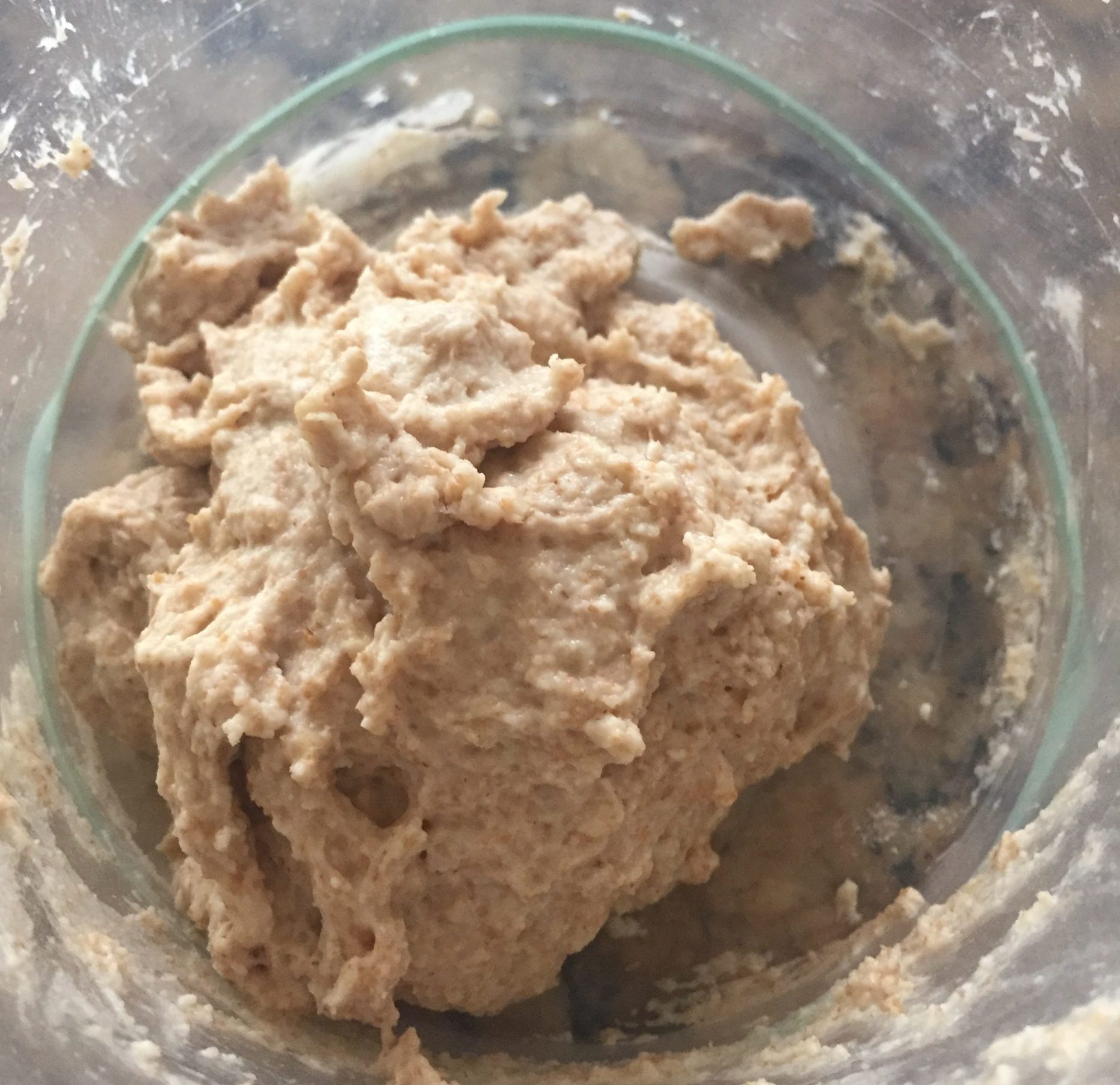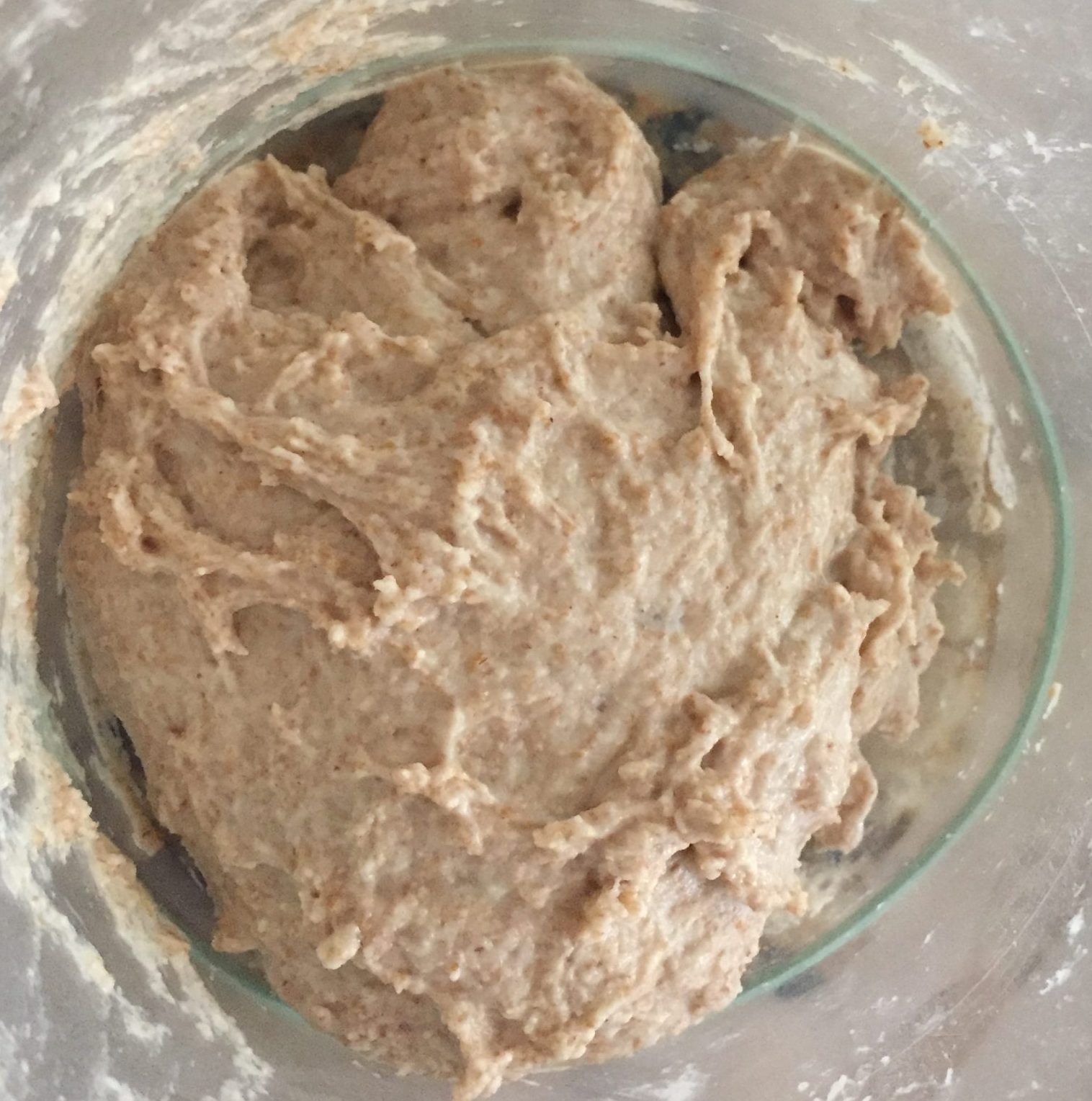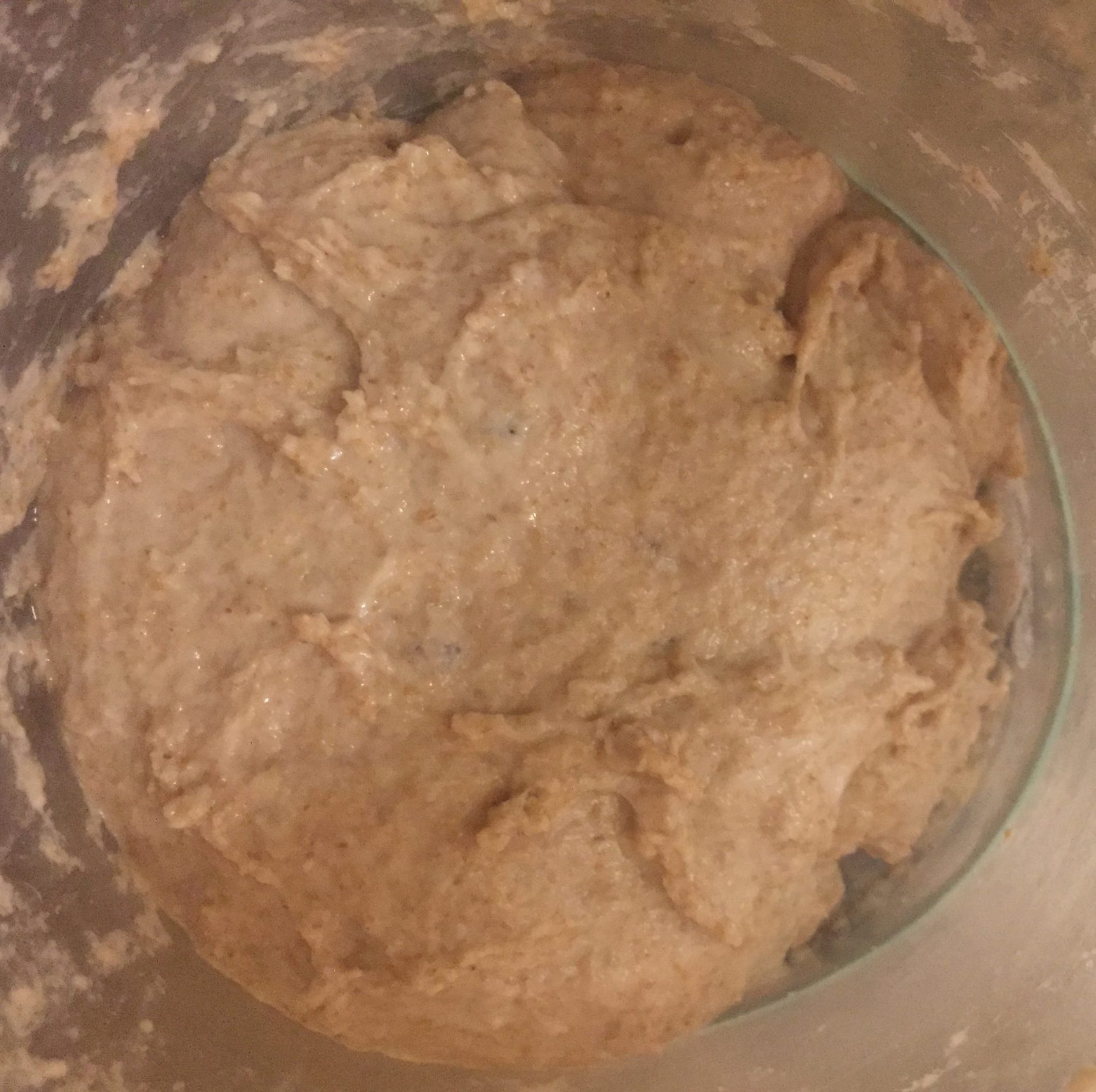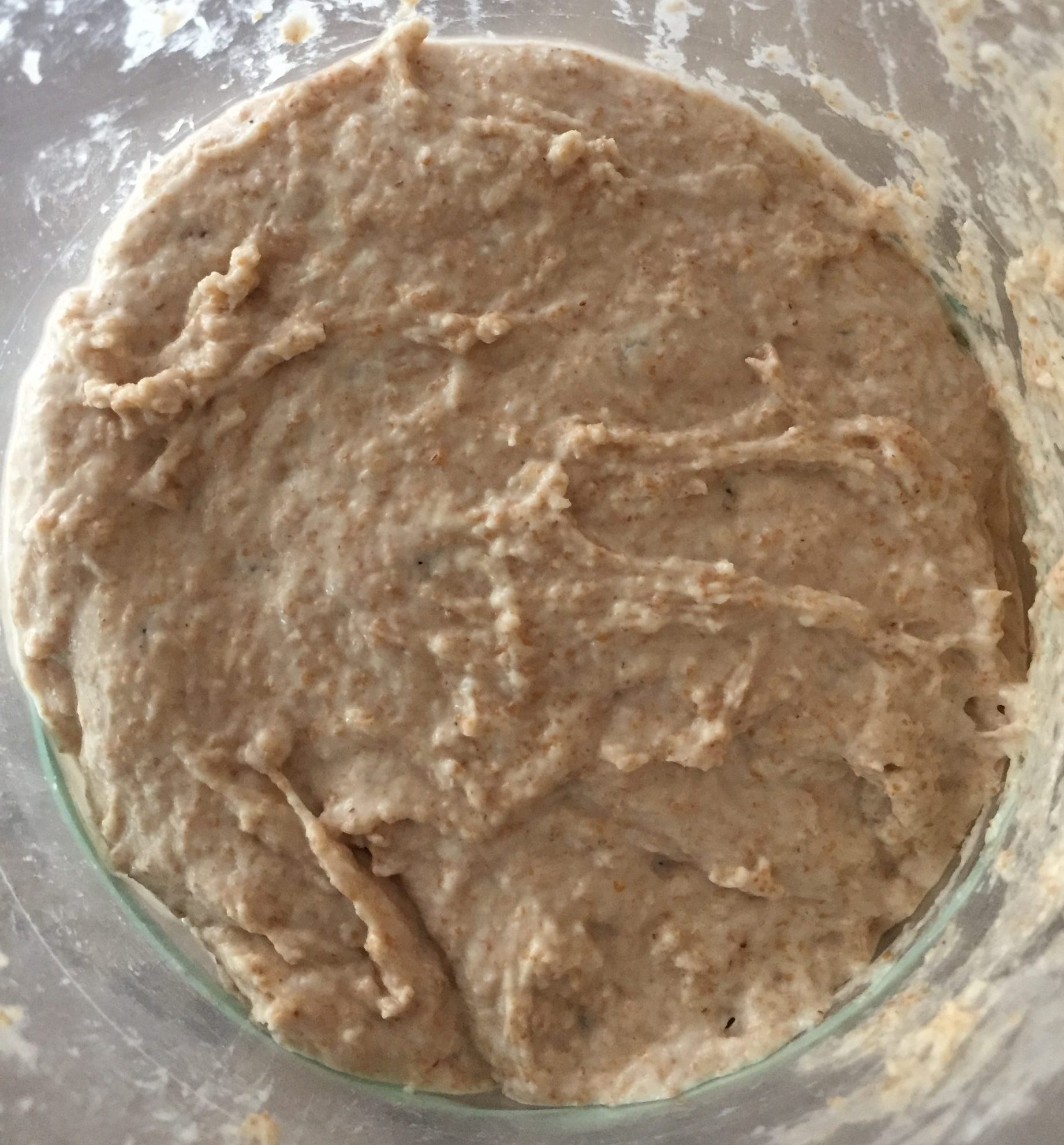This sourdough glossary will help you understand some of the terminology used
Basics of Sourdough
Basics of Sourdough
Many sourdough starter recipes out there are derived from professional bakers who bake multiple loaves EVERDAY. My initial sourdough starter resulted in a huge quantity of sourdough starter with a lot of wastage. I needed to develop a sourdough that would suit my needs. My sourdough starter had to:
Over the years, I've experimented and came up with a formula that achieved the above requirements. My sourdough starter:
After creating the initial sourdough starter, I maintain about 80 grams in the refrigerator at all times. From this mother-dough, I will take about 60 grams to make the levain or pre-fermentee that will become the basis of the bread. The remaining 20 grams will be fed to maintain the starter. The longest time that I'll let my starter go without feeding is 7 days.
Many people use mason jars. I use a disposable plastic take-out container with lid. I like to weigh just the container without the lid and write the weight on the underside of the container with a sharpie. This allows me to know exactly how much starter is in the container at all times.
An established starter can go without feeding for up to 7 days. (I've done 10 days but I wouldn't make that a habit!) Whenever I need some sourdough starter to bake, I will take about 60 grams from the starter to make a levain or bake something else with the discard and feed the remaining 20 grams.
STARTER INGREDIENTS:
Flour blend that is used to make the initial starter and for feeding for about 10 days.
DIRECTIONS
Flour Blend.
Feeding your starter.

Starter Day 4
I have discovered that the starter can be trained to eat slowly so as not to make it so labor and resource intensive! Once your starter is established, you can then place it in the fridge, tightly covered and it will ferment slower. It will last for 7-10 days without feeding. You will notice that it starts to “relax” after a few days and will eventually become very soft as the active bacteria breaks down the flour. The smell will also become more pungent the longer it feeds.
Continue to Feed your starter as directed, making sure you cover it and place it in the fridge to retard the fermentation.

Starter after feeding. (1st day)

2nd day after feeding.

3rd day after feeding

6th day after feeding

7th day after feeding
If you already have an ACTIVE starter but feel that it's requiring too much flour and water to maintain, you can start putting it on a feeding regimen.
This sourdough glossary will help you understand some of the terminology used
Here are some essential utensils and tools for sourdough baking. These basic
Baker's percentages and hydration percentages are two math concepts that are helpful
Environment It took me a while to figure out how my environment
Making GOOD and healthy sourdough bread is a labor of love. It
Many people think that scoring your sourdough is just for aesthetic purposes.
Subscibe to my Youtube Channel
Never miss another new recipe or tip & trick.